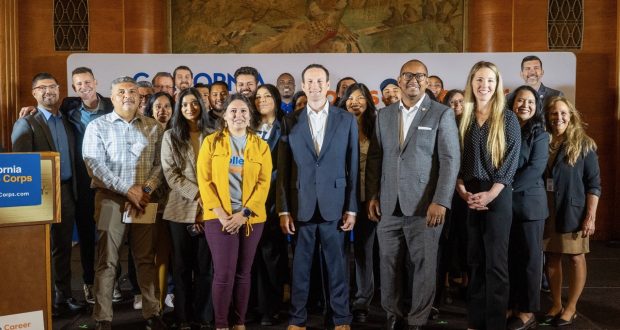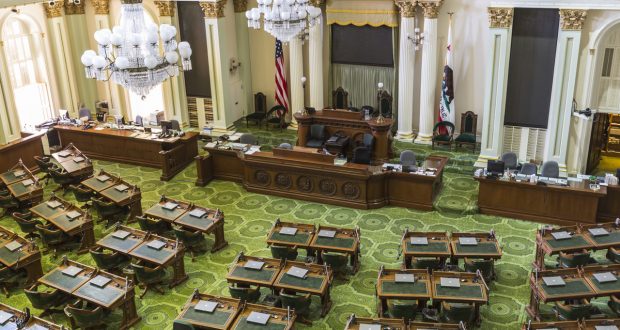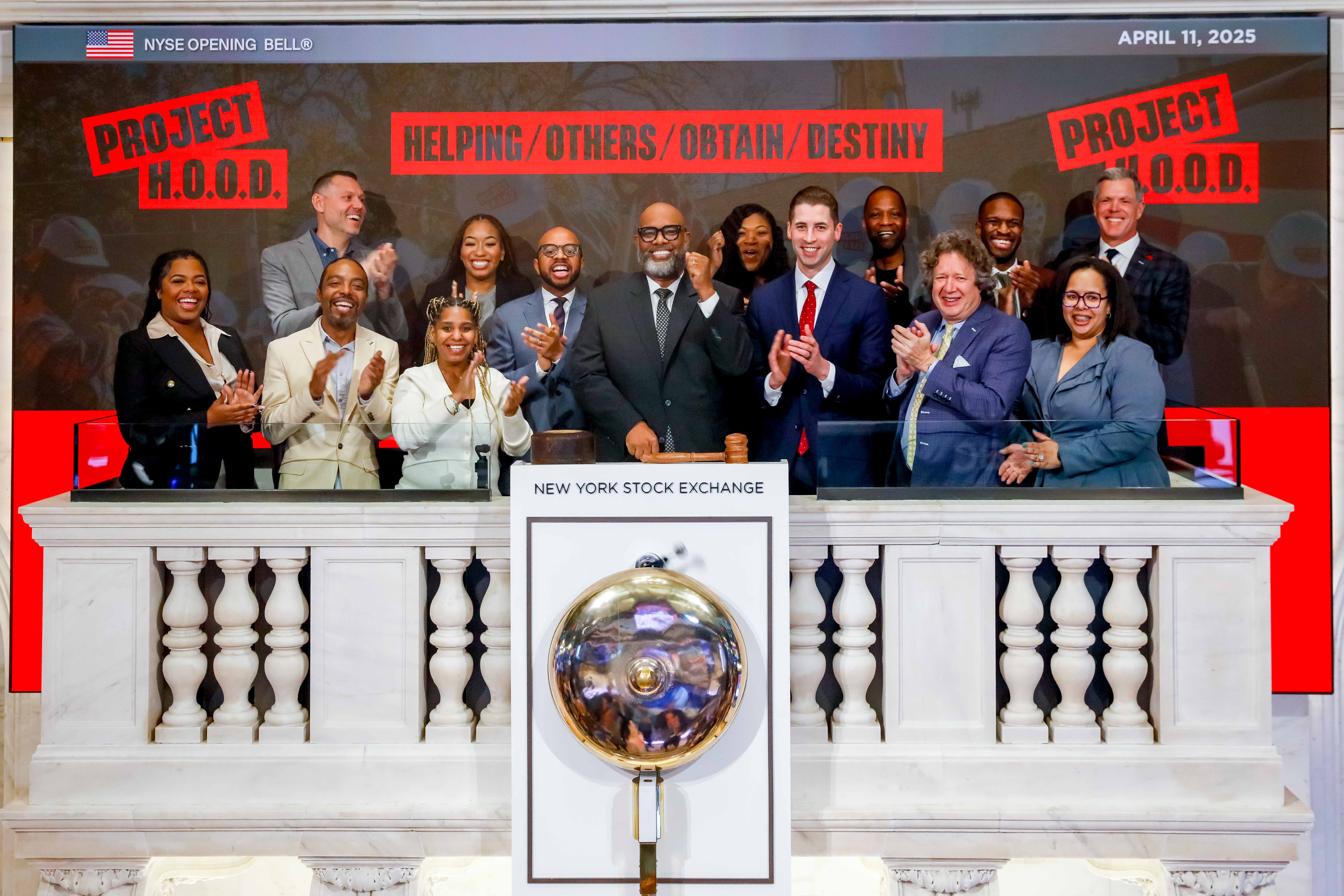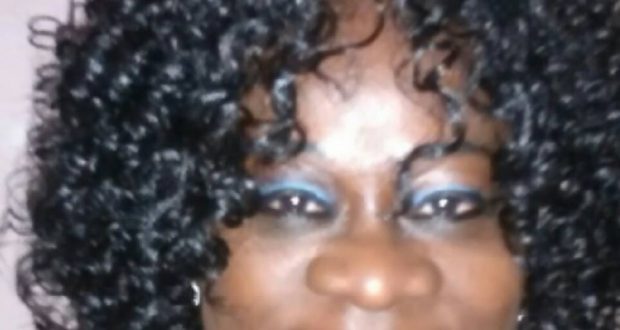Tommy Beer is back with his latest version of BasketballNews.com’s NBA Power Rankings. To read last week’s version, click here.
Golden State leapfrogs Phoenix to once again ascend to the top of the BasketballNews.com Power Rankings, while the Memphis Grizzlies continue to creep their way into the league’s upper echelon this season.
1. Golden State Warriors (27-6)  Last Week: 2
Last Week: 2
The Warriors beat the Suns on Saturday in a much-anticipated Christmas Day showdown despite playing without Andrew Wiggins, Damion Lee and Jordan Poole, who were all in health and safety protocols. As expected, Steph Curry led the way, knocking down five three-pointers en route to a game-high 33 points; however, it was Otto Porter Jr. who surprisingly sealed the deal for the Dubs, scoring 7 of his 19 points in the closing minutes.
2. Phoenix Suns (26-7)  Last Week: 1
Last Week: 1
After falling to the Warriors on Christmas, the Suns were tripped up by the Grizzlies on Monday night as well. It’s the first time Phoenix has lost consecutive contests since the season’s first week. The Suns will look to get back on track Wednesday when they host the Thunder.
3. Brooklyn Nets (23-9)  Last Week: 3
Last Week: 3
Reports of James Harden being “washed” may have been a bit premature. After racking up 36 points, 10 rebounds and 10 assists in a win over the Lakers on Christmas, Harden was back it Monday vs. Clippers, finishing with 39 points and a season-best 15 assists. Harden’s final assist on Monday was the 6,000th of his career. He is just the 10th player in league history to tally 20,000 career points, 5,000 rebounds and 6,000 assists. After sweeping their two-game Los Angeles road swing, the Nets are an NBA-best 13-3 on the road this season.
4. Utah Jazz (24-9)  Last Week: 4
Last Week: 4
The Jazz were missing Donovan Mitchell (lower back strain) but continued to roll along Monday night, securing their fourth straight victory by beating the Spurs. Mitchell tweaked his back during Saturday’s win over the Mavericks and is expected to miss at least one more game.
5. Milwaukee Bucks (22-13)  Last Week: 6
Last Week: 6
The Bucks are finally starting to get healthy, which is bad news for the rest of the Eastern Conference. Giannis Antetokounmpo made his return to action in the Bucks’ victory over the Boston Celtics on Christmas Day, suiting up for the first time since entering the health and safety protocols on Dec. 12. Giannis was joined by Bobby Portis, who had missed the previous four games due to COVID, and Donte DiVincenzo, who hadn’t played since injuring his left foot during the 2021 playoffs.
6. Chicago Bulls (21-10)  Last Week: 7
Last Week: 7
After a brief slump earlier this month, Nikola Vucevic is once again beasting for the Bulls, who have won four in a row. Vooch tallied a combined total of 40 points, 32 rebounds, 9 assists, 6 blocks and 6 made three-pointers in a back-to-back set against the Indiana Pacers and Atlanta Hawks on Sunday and Monday.
7. Cleveland Cavaliers (20-13)  Last Week: 5
Last Week: 5
While many pundits and fans league-wide continue to wait for the Cavs to come crashing back down to earth, Cleveland keeps on winning (and often dominates in the process). Over the last month, the Cavs lead the NBA in Defensive Rating (they are the only team in the league allowing fewer than 100 points per 100 possessions during this stretch). Cleveland also leads the league in Net Rating (+15.8) over the past month. Remarkably, each of the Cavaliers’ last 11 wins has been by double digits.
8. ​​Memphis Grizzlies (21-14)  Last Week: 9
Last Week: 9
Ja Morant made a contested layup with 0.5 seconds left in the fourth quarter to give the Grizzlies an impressive 114-113 victory over the Suns on Monday night. Morant’s backcourt mate, Desmond Bane, remained red-hot (as profiled by our Jackson Frank over the weekend), scoring a career-high 32 points. Over his last seven games, Bane is averaging 21.9 points, 4.1 rebounds and 4.0 made treys while shooting over 50% from the floor and behind the arc.
9. Miami Heat (21-13)  Last Week: 8
Last Week: 8
With rosters around the league decimated by COVID, depth has become a crucial asset. On Sunday, the Heat needed important contributions from a handful of role players to pull out a victory over Orlando, and they got just that. Caleb Martin tied for the team-high with 17 points off the bench; Omer Yurtseven scored 16 points and grabbed 15 boards in his first start, while Gabe Vincent and Max Strus chipped in 13 points apiece.
10. Philadelphia 76ers (17-16)  Last Week: 10
Last Week: 10
The Sixers had lost 4 of 5 entering Sunday’s matchup with the Wizards, but Joel Embiid (36 points and 13 rebounds) put Philly on his back to carry his squad to a much-needed victory, pushing the team back over .500. Philadelphia has a chance to secure back-to-back wins on Tuesday when it takes on the injury-depleted Raptors, who are fresh off a 45-point drubbing in Cleveland.
11. Denver Nuggets (16-16)  Last Week: 11
Last Week: 11
The Joker is running wild. Over the Nuggets’ last two games, Jokic has racked a ridiculous 55 points, 43 rebounds and 13 assists. He is the first player to tally at least 25 points, 20 rebounds and 5 assists in back-to-back games since Charles Barkley in 1988. Jokic is the first player ever with 25/20/5 and a three-pointer in consecutive contests.
12. Charlotte Hornets (18-17)  Last Week: 14
Last Week: 14
The Hornets won their second straight game Monday by beating the Houston Rockets. Terry Rozier knocked down seven three-pointers on his way to a game-high 27 points vs. Houston. Mason Plumlee also provided a significant lift, registering a season-high 15 points to go along with 9 rebounds, 3 assists, 3 blocks and 2 steals in Monday’s 123-99 win.
13. Los Angeles Clippers (17-17)  Last Week: 12
Last Week: 12
Paul George complained of soreness in his right elbow last week, and soon after underwent an MRI, which revealed a ligament tear. The Clippers, who have lost 5 of their previous 6, announced PG-13 would miss 3-4 weeks before being re-evaluated. However, ESPN’s Adrian Wojnarowski ominously reported that the Clips will “see if rest can get him on a pathway to recovery, but he’s gonna be out certainly a significant period of time and there’s no real sense of when, or if, he’ll be back this year.” Yikes.
14. Dallas Mavericks (16-17)  Last Week: 18
Last Week: 18
In addition to franchise cornerstone Luka Doncic, the Mavs were forced to play without Tim Hardaway Jr., Maxi Kleber, Reggie Bullock and Trey Burke on Monday, but still whooped the Portland Trail Blazers. Kristaps Porzingis led the way for Dallas, knocking down 12 of 21 field goal attempts and three treys en route to a season-high 34 points, along with 9 rebounds, 5 assists, 2 steals, 2 blocks and no turnovers.
15. Washington Wizards (17-16)  Last Week: 16
Last Week: 16
The Wizards travel to Miami on Tuesday night but afterward return home for a four-game homestand. Then after a quick two-game road swing in early January, Washington will play eight straight games in D.C. All told, the Wiz will play 12 of their next 14 at home, which is a golden opportunity to make a push up the standings. However, it was announced that Montrezl Harrell entered the league’s health and safety protocols on Tuesday. Harrell is the seventh Wizard in protocols.
16. Los Angeles Lakers (16-18)  Last Week: 13
Last Week: 13
LeBron James is averaging 35.0 points, 9.8 rebounds, 5.3 assists, 1.8 steals and 1.3 blocks, while shooting over 58% from the floor and 80% from the free-throw stripe over the Lakers’ last four games, but L.A. has lost each one. With Anthony Davis (knee) still weeks away from returning to action, it will be fascinating to see if the Lakers’ front office seriously considers shaking up their roster by trading away Russell Westbrook.
17. Minnesota Timberwolves (16-17)  Last Week: 15
Last Week: 15
Despite playing without their top three scorers (Karl-Anthony Towns, Anthony Edwards and D’Angelo Russell), the Wolves found a way to beat the Celtics on Monday night. Nathan Knight tallied 20 points and 11 rebounds, while Jaylen Nowell scored a game-high 29 points for Minny. Greg Monroe signed a hardship contract over the weekend and chipped in 13/9/6 off the bench. After the game, he admitted he wasn’t overly familiar with his teammates. “Not gonna lie, Jaylen Nowell played awesome tonight, but I had no idea who that was,” Monroe said.
18. Toronto Raptors (14-16)  Last Week: 19
Last Week: 19
The Raptors have eight players in the health and safety protocols, including Fred VanVleet and Scottie Barnes, and only had eight players active for Sunday night’s game vs. Cleveland. It showed, as the Raps were blown out by the Cavs, 144-95. Fortunately, Toronto plays 7 out of their next 8 games at home, which could allow them to right the ship. And luckily, Pascal Siakam and Gary Trent Jr. have been cleared to return off the COVID list.
19. New York Knicks (15-18)  Last Week: 22
Last Week: 22
Quentin Grimes is slowly but surely making a case for consistent, extended minutes in the Knicks’ rotation. After 27 points in his first start before entering COVID protocols, Grimes chipped in 15 in his return to action in Saturday’s victory over Atlanta. Grimes is shooting 45.5% from three-point territory this season, which leads all rookies. In fact, among rooks that have made at least 20 three-pointers this season, Grimes is the only one shooting above 37% from behind the arc.
20. Boston Celtics (16-18)  Last Week: 17
Last Week: 17
On Monday, Celtics fans got some good news as both Grant Williams and Al Horford cleared COVID protocols. However, Boston faithful was also walloped with some bad news, as fans learned Jayson Tatum was forced to enter the league’s health and safety protocols. It is worth noting that Tatum contracted COVID last season as well, and revealed he had to use an inhaler to help his breathing before games for months due to the lingering effects of the virus.
21. Atlanta Hawks (15-18)  Last Week: 20
Last Week: 20
The Hawks welcomed Trae Young back to the lineup on Monday, and he scored 29 points, but it wasn’t enough to beat the Bulls. However, Cam Reddish provided another encouraging effort in the loss to Chicago, as he hit a career-high eight three-pointers and finished with 33 points. Since being inserted into Atlanta’s starting lineup, Reddish is averaging 23.8 points, 3.8 rebounds and 3.8 made treys while shooting over 44% from downtown and 87.5% from the charity stripe.
22. San Antonio Spurs (14-19)  Last Week: 25
Last Week: 25
The Spurs had their season-high three-game winning streak snapped Monday night by the Jazz, 110-104. Coming into the contest, San Antonio had scored at least 110 points in 10 straight games (their longest such streak since March of 1984). The Spurs rank seventh in Offensive Rating on the season, averaging 110.6 points per 100 possessions.
23. Indiana Pacers (14-20)  Last Week: 21
Last Week: 21
The Pacers have been inconsistent all season, but Caris LeVert has finally found his groove. Over the Pacers’ last four games, LeVert is averaging 24.8 points, 4.8 rebounds, 7.0 assists, 2.0 treys and 1.5 steals.
24. Portland Trail Blazers (13-20)  Last Week: 23
Last Week: 23
Playing at home and matched up against a shorthanded Mavs team, the Blazers were three-point favorites on Monday night but ended up losing by 15. The Blazers’ defense was atrocious, as they allowed 132 points while Dallas shot above 57% from the floor. According to StatMuse, no team has scored that many points and shot that well in Portland since 1987. Portland has lost 12 of their last 15 games.
25. Sacramento Kings (13-21)  Last Week: 24
Last Week: 24
Kings interim head coach Alvin Gentry did not mince words after his team’s embarrassing 25-point loss to the Grizzlies at home on Sunday. “It’s the most disappointed I’ve been in 34 years in the NBA, I can honestly say that,” Gentry told reporters. “That performance was absolutely ridiculous. We didn’t play hard, we didn’t compete. We didn’t guard the ball, we didn’t guard screen-and-rolls. We didn’t follow the game plan. No competitiveness whatsoever. They basically toyed with us. I’m totally disappointed and everybody in this building should be disappointed.” Tell us how ya really feel, coach.
26. Oklahoma City Thunder (12-20)  Last Week: 26
Last Week: 26
Shai Gilgeous-Alexander was named the Western Conference Player of the Week on Monday after leading OKC to a 3-1 record last week. SGA averaged 27.5 points, 7.0 dimes, 6.3 boards and 1.3 blocks in those four games.
27. New Orleans Pelicans (12-22)  Last Week: 28
Last Week: 28
Brandon Ingram had been posting incredibly impressive stats before being ruled out Sunday’s game against the Thunder due to left Achilles soreness. Ingram, who is listed as doubtful for Tuesday’s game vs. the Cavs, has averaged 27.7 points, 6.0 rebounds, 5.9 assists, 1.8 treys and 1.2 steals over his previous 10 appearances.
28. Houston Rockets (10-24)  Last Week: 27
Last Week: 27
It’s been a wild, roller-coaster ride of a season for the Rockets. After losing 15 in a row over the first month of the season, Houston bounced back by somehow winning seven straight games. However, since that unexpected win streak, the Rox are just 2-8 and have lost each of their last four.
29. Orlando Magic (7-27)  Last Week: 30
Last Week: 30
The Magic have won just 7 of their first 34 games this season, tying the franchise mark for their worst record at this point in a season. How hard has Orlando been hit by COVID and injuries this season, you ask? Hassani Gravett, an undrafted 25-year-old rookie out of Pensacola State, has averaged 25 minutes per game for the Magic over the past two weeks.
30. Detroit Pistons (5-27)  Last Week: 29
Last Week: 29
The Pistons have five players in COVID protocols, including Cade Cunningham, and are missing injured bigs Jerami Grant and Kelly Olynyk. Detroit, which has had 12 different starting lineups this season, has lost 17 of its last 18 contests. They host the Knicks on Wednesday night.
Produced in association with BasketballNews.com.
Edited by Kristen Butler
Recommended from our partners
 Westside Story Newspaper – Online The News of The Empire – Sharing the Quest for Excellence
Westside Story Newspaper – Online The News of The Empire – Sharing the Quest for Excellence






 Last Week: 2
Last Week: 2 Last Week: 1
Last Week: 1 Last Week: 3
Last Week: 3